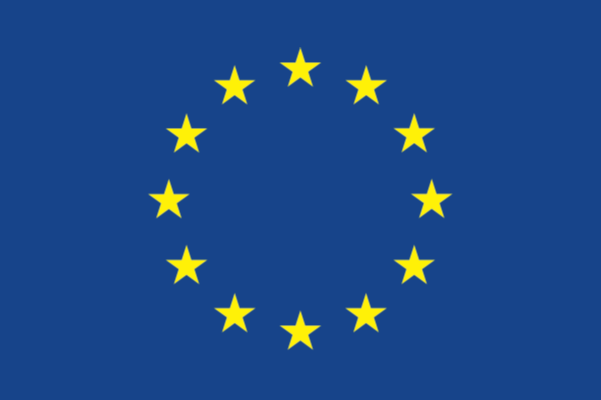European Union-World Bank/GFDRR
Global Partnership on
Disaster Risk Financing Analytics
Population growth, escalating concentration of assets, and climate change are increasing risk exposure and losses from natural hazards. Developing countries typically lack financial protection against the impacts of disasters and rely on retroactive budget reallocations, donor assistance, tax increases, or post-disaster loans to attempt to meet financing needs. The policy objective of Disaster Risk Financing (DRF) is therefore to increase the financial response capacity of national and subnational governments to meet post-disaster funding needs without compromising fiscal balances and development goals.
Governments in emerging economies today have access to an increasing amount of disaster risk data. However, by itself, the resulting technical risk information is unsuitable for financial analysis to inform decision-making on sovereign DRF. While catastrophe risk data and information lay the ground for DRF solutions, they need to be processed in order to inform financial decision-making.
A growing number of private reinsurers and investment banks offer governments innovative financial solutions to protect their budget against natural hazards. But without technical support, it is nearly impossible to assess whether the proposed products would offer effective financial protection against natural disasters, let alone whether the price of the proposed product is fair compared to other financial options.
Bridging the gap between data and decision-making
In December 2015, the European Union (EU) and World Bank/Global Facility for Disaster Reduction and Recovery (GFDR)) signed a partnership on DRF Analytics in order to help improve understanding and increase the capacity of governments to make informed decisions on DRF based on sound financial analysis. The project aims to bridge the gap between catastrophe risk data, available commercial solutions, and informed sovereign DRF decision-making, by developing and customizing DRF tools tailored to the capacity and data availability for each country. The overarching objective is to increase financial resilience of countries against natural disasters.
The partnership will help governments to better understand their financial risk, and train them to use analytical tools to assess emergency funding needs, evaluate cost effectiveness, and estimate the optimal combinations of risk-transfer and risk-retention options. The project will support government officials in employing efficient financial and actuarial analysis in the development of a national DRF strategy, and help them monitor and evaluate its performance. Eventually, governments will be enabled to effectively leverage private financial markets through market-based risk-transfer solutions. The partnership furthermore expects to catalyze the uptake of innovative risk identification, assessment, and financing tools within the development policy frameworks and agenda of several middle-income and low-income countries.
Helping countries manage their financial risk exposure
Project implementation rests on four operational and interlinked pillars:
- Pillar 1: Country implementation. The aim is to give governments in selected pilot countries access to improved tools and well-communicated technical information to support informed DRF decision-making. A financial disaster risk assessment will be conducted to quantify the financial and fiscal impact of disasters, and to review the current financial protection strategies of these countries.
- Pillar 2: Core tools. Complementary to the implementation in pilot countries, a suite of generic tools will be developed, which can then be adapted and applied to support decision-making in additional countries. The design of the core tools will consider findings on what has been viable and effective in the country implementation.
- Pillar 3: Knowledge management. The third pillar will include specific, global knowledge-management activities, including an online training program, specific outreach materials, and regional workshops, for technical DRF practitioners, and for users of DRF analytics information, such as policymakers in governments and development agencies.
- Pillar 4: M&E framework.A monitoring and evaluation (M&E) framework to assess the impact of DRF programs will link the work to be conducted under this project to M&E for sovereign risk-transfer solutions. It will draw lessons from ongoing initiatives and incorporate elementary risk analysis, to continue developing operationally feasible approaches to meaningfully evaluate the impact of DRF.
The Disaster Risk Financing Analytics Project is funded by the European Union, managed by the Global Facility for Disaster Reduction and Recovery, and implemented by the World Bank’s Disaster Risk Financing and Insurance Program.



